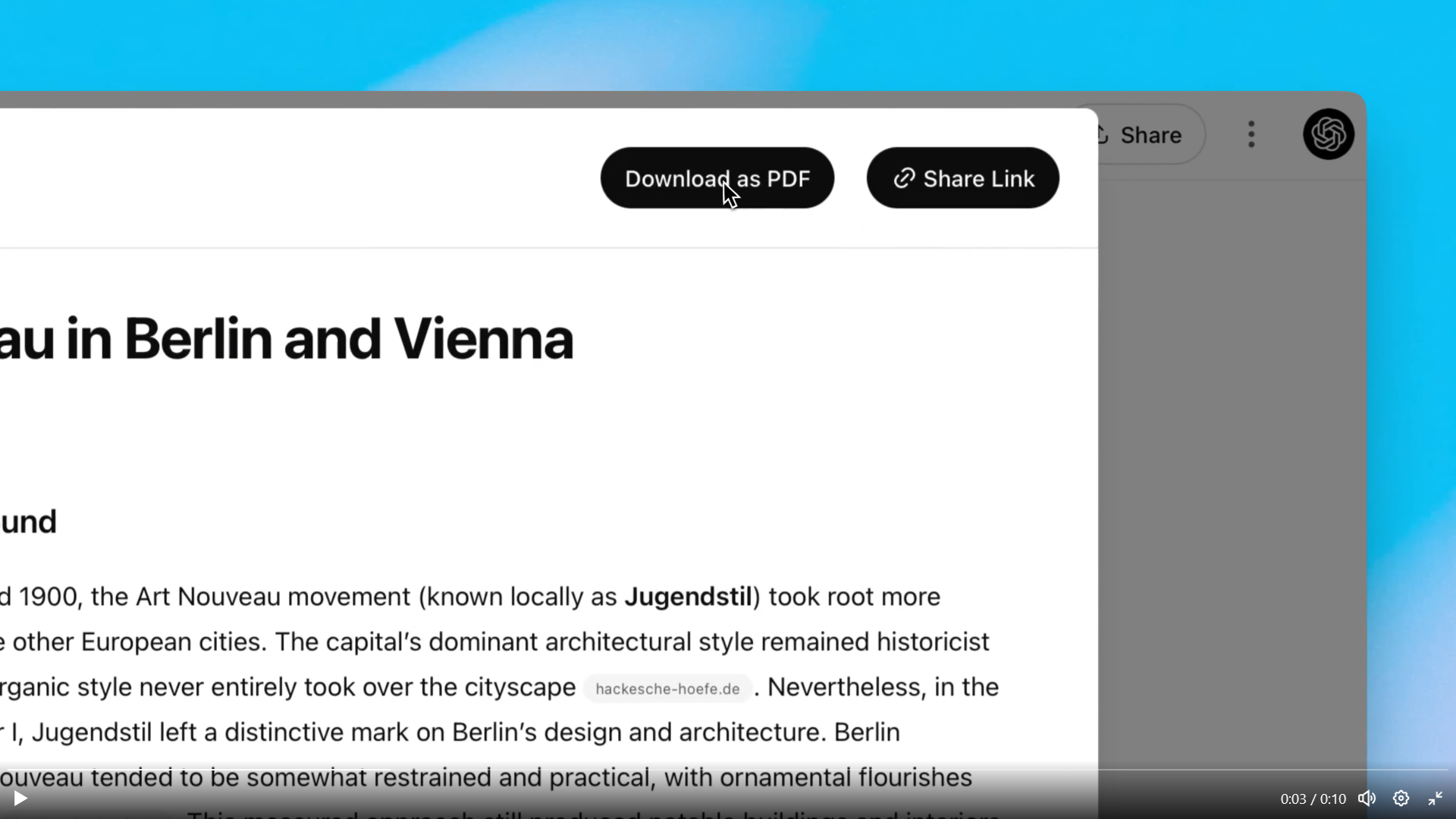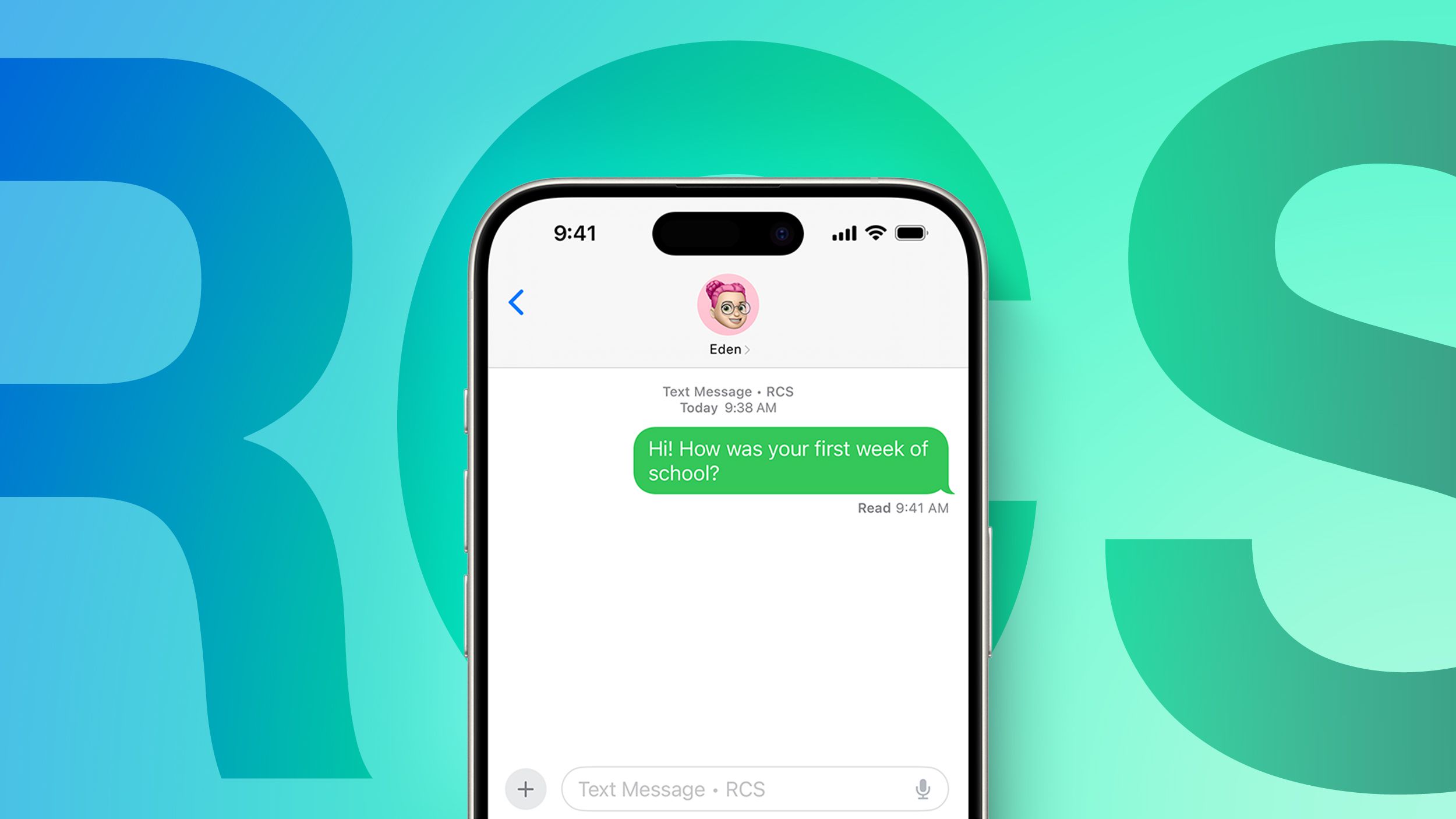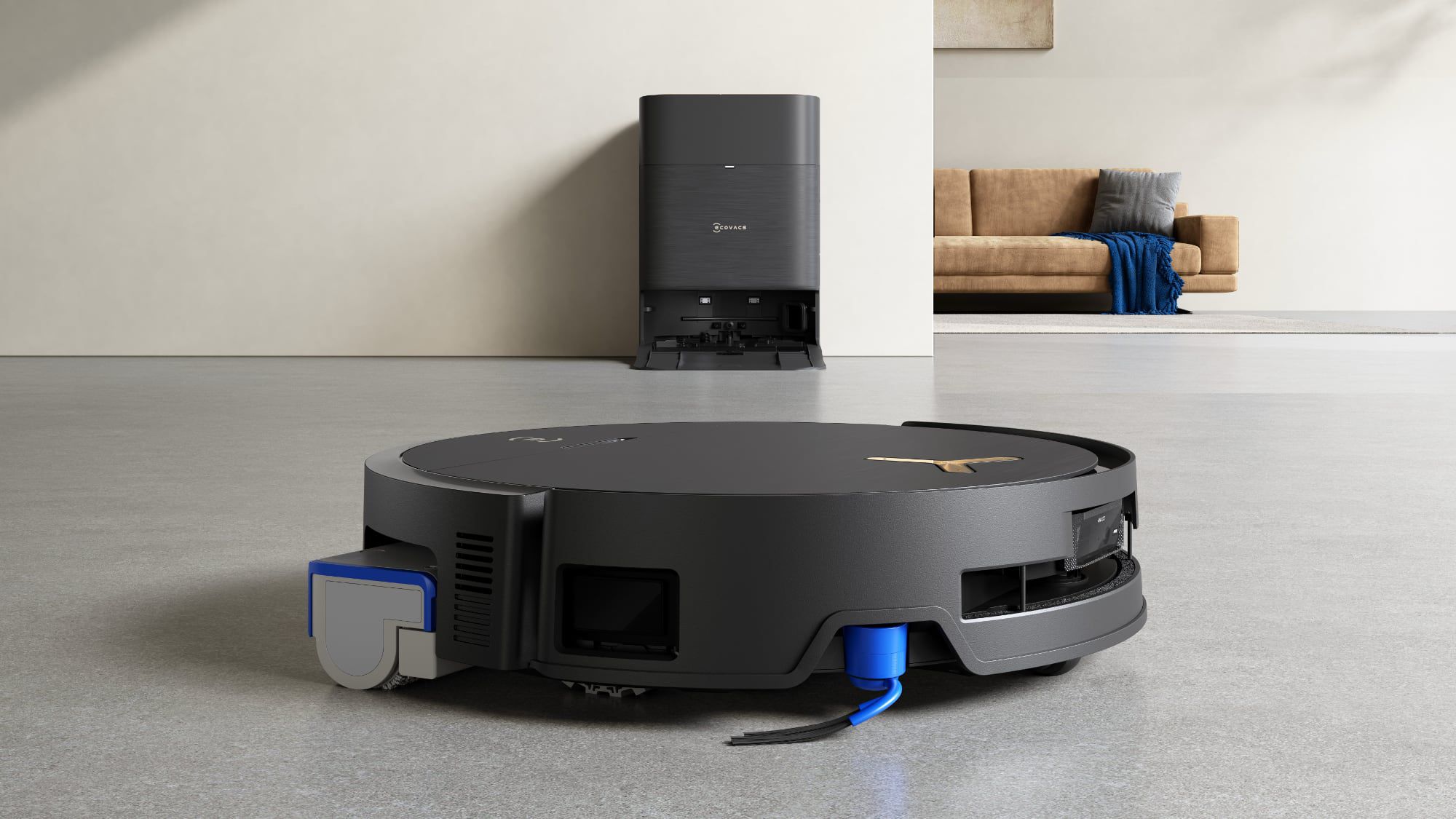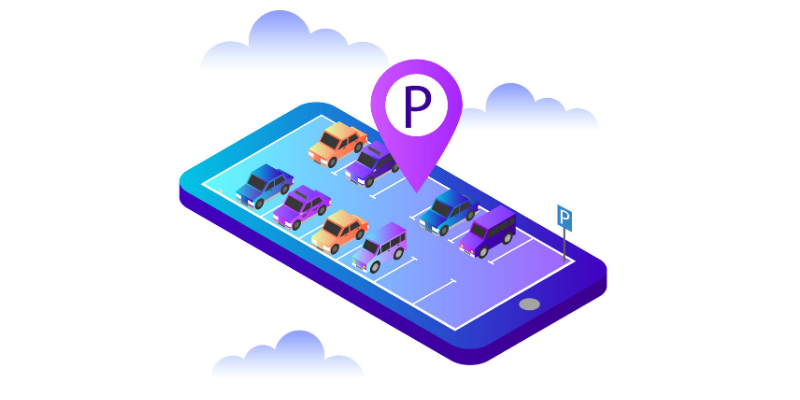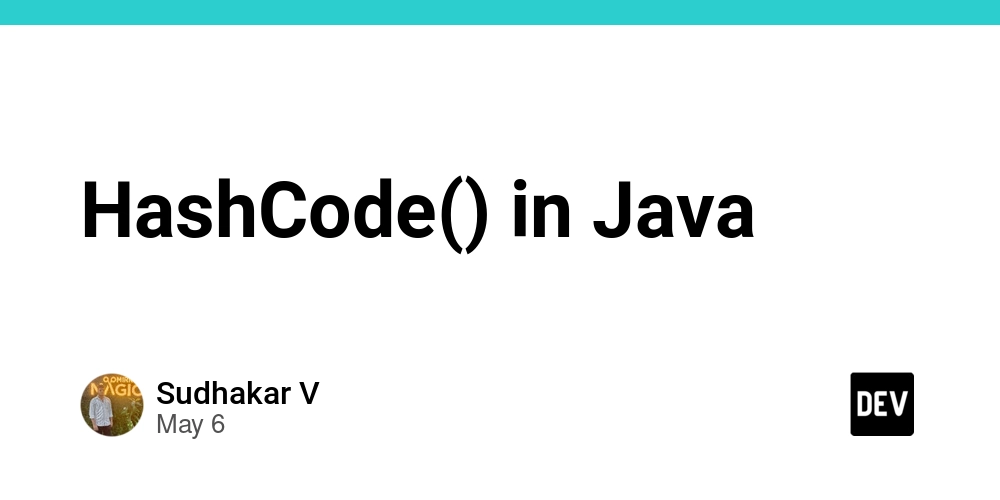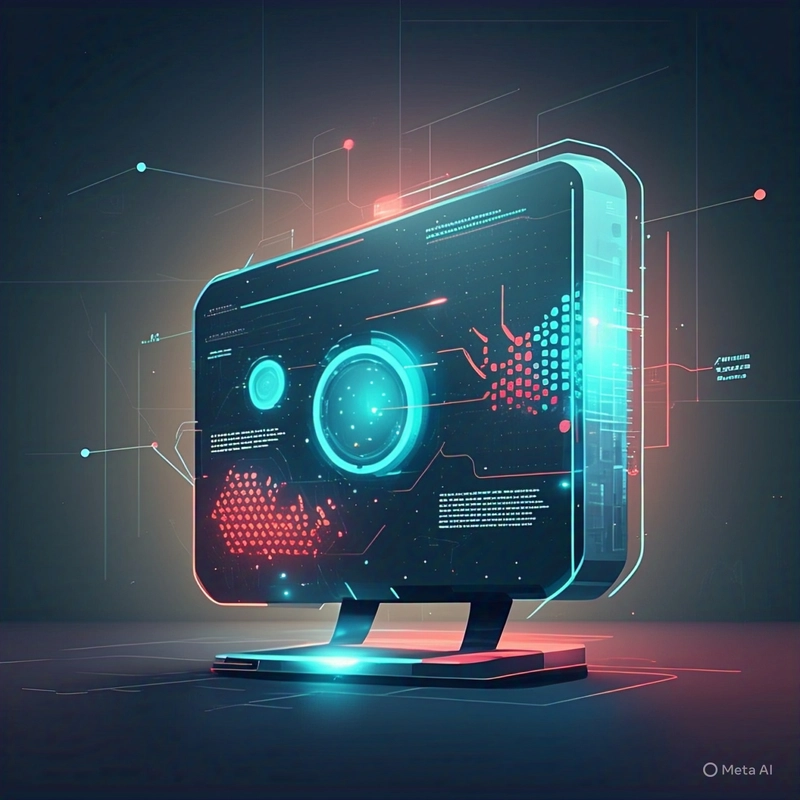Unveiling Nokia Reciprocal License: A Comprehensive Deep Dive into Open Source Fairness and Developer Sustainability
Abstract: This blog post explores the Nokia Reciprocal License in depth. We detail its historical roots, core features, and the ecosystem context of open source and fair code licensing. In our discussion, we explain how this innovative license strives for fair developer compensation while maintaining legal clarity and fostering open innovation. We also review practical use cases, challenges in enforcement and compatibility, and future outlooks including dual licensing and potential blockchain integrations. By comparing it with other popular models, such as the MIT License and GNU GPL, we provide technical insights enriched with tables, bullet lists, and authoritative links to help developers and legal experts navigate today’s evolving open source landscape. Introduction The open source community has long been driven by the desire for collaboration, free innovation, and fair recognition of contributions. In recent years, numerous alternative licensing models have emerged to address the challenge of uncompensated developer work. One such innovation is the Nokia Reciprocal License, which aims to combine the spirit of open source with fair developer compensation. This post delves into the license’s origins, core concepts, distinctive features, and how it compares to other models like the MIT License and GNU GPL. We also discuss practical applications, limitations, and what the future may hold for fair code and open source licensing. Background and Context The Evolution of Open Source Licensing Open source licensing has evolved dramatically since its inception. Early licenses mostly focused on maximum freedom, but increasing evidence of corporate exploitation led to the development of new models that emphasize fairness. The Nokia Reciprocal License is conceived against this backdrop. Developed by Nokia’s expert legal and technical teams, this license introduces reciprocal obligations so that commercial users are required to compensate developers for their work. Defining Fair Code and Fair Source Software Fair code licensing is a growing concept aimed at ensuring that developers receive fair remuneration when their work is commercially exploited. Along similar lines, fair source software philosophies ensure that while code remains open, commercial benefits are shared justly. The Nokia Reciprocal License is an embodiment of these values, blending traditional legal practices with innovative compensation mechanisms. Ecosystem and Industry Impact Nokia, a leader in telecommunications, has historically balanced innovation and legal protection through its licensing strategies. By introducing a license designed to deter exploitation, Nokia also promotes sustainable open source ecosystems. Its impact resonates across developer communities, and debates on platforms like Hacker News and Stack Overflow highlight widespread interest in licensing fairness and transparency. Core Concepts and Features Key Principles of the Nokia Reciprocal License At its heart, the Nokia Reciprocal License rests on several core principles: Reciprocity: Commercial users who benefit from the open source code are legally bound to provide fair compensation to the developers. Fair Compensation: The license enforces clauses ensuring that developers are adequately rewarded for their contributions. Legal Clarity: It provides a detailed framework designed to balance open innovation with commercial safeguards. Stability: Unlike licenses undergoing multiple versions, Nokia’s license has maintained a consistent structure since its inception, fostering predictability. Features in Detail Reciprocal Clause: Developers are protected from exploitation by mandating that commercial adaptations involve fair financial recognition. Dual Licensing Capabilities: The license allows for dual licensing in some cases, enabling organizations to choose between open source and proprietary frameworks. Legal Robustness: The document is meticulously detailed, promoting transparency and paving the way for enforced legal remedies where necessary. Comparison with Other Models: Whereas permissive licenses like MIT License prioritize freedom, the Nokia Reciprocal License ensures that the freedom to innovate does not come at the expense of developer compensation. Table: Nokia Reciprocal License vs. Other Licenses License Compensation Mechanism Legal Clarity Flexibility Reciprocal Elements Nokia Reciprocal License Requires commercial users to compensate developers Highly detailed legal framework Moderately flexible with dual licensing options Explicit reciprocal clause MIT License No mandated compensation; relies on donations Concise, minimal terms Highly flexible and permissive None GNU GPL v3 Ensures source sharing but no direct payments Very thorough, but may complicate commercial use Less flexible due to viral copyleft rules Enforces recip
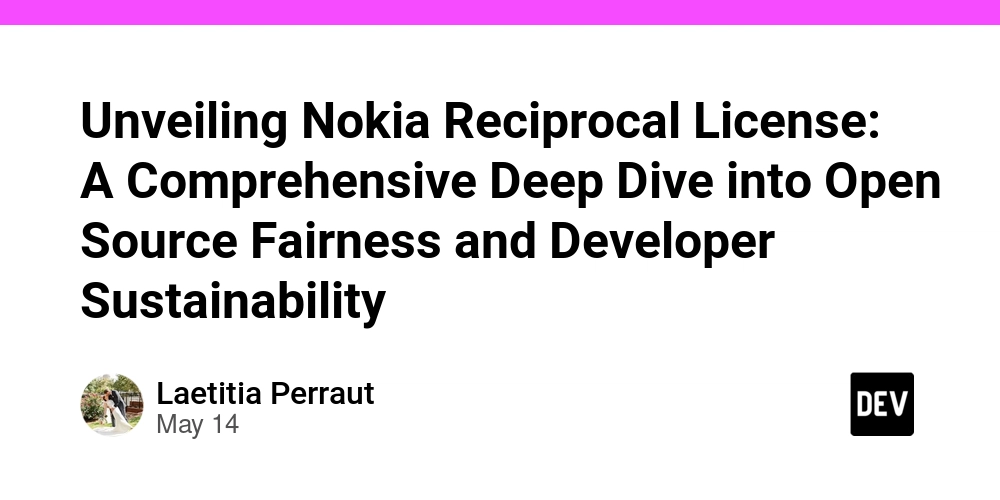
Abstract:
This blog post explores the Nokia Reciprocal License in depth. We detail its historical roots, core features, and the ecosystem context of open source and fair code licensing. In our discussion, we explain how this innovative license strives for fair developer compensation while maintaining legal clarity and fostering open innovation. We also review practical use cases, challenges in enforcement and compatibility, and future outlooks including dual licensing and potential blockchain integrations. By comparing it with other popular models, such as the MIT License and GNU GPL, we provide technical insights enriched with tables, bullet lists, and authoritative links to help developers and legal experts navigate today’s evolving open source landscape.
Introduction
The open source community has long been driven by the desire for collaboration, free innovation, and fair recognition of contributions. In recent years, numerous alternative licensing models have emerged to address the challenge of uncompensated developer work. One such innovation is the Nokia Reciprocal License, which aims to combine the spirit of open source with fair developer compensation. This post delves into the license’s origins, core concepts, distinctive features, and how it compares to other models like the MIT License and GNU GPL. We also discuss practical applications, limitations, and what the future may hold for fair code and open source licensing.
Background and Context
The Evolution of Open Source Licensing
Open source licensing has evolved dramatically since its inception. Early licenses mostly focused on maximum freedom, but increasing evidence of corporate exploitation led to the development of new models that emphasize fairness. The Nokia Reciprocal License is conceived against this backdrop. Developed by Nokia’s expert legal and technical teams, this license introduces reciprocal obligations so that commercial users are required to compensate developers for their work.
Defining Fair Code and Fair Source Software
Fair code licensing is a growing concept aimed at ensuring that developers receive fair remuneration when their work is commercially exploited. Along similar lines, fair source software philosophies ensure that while code remains open, commercial benefits are shared justly. The Nokia Reciprocal License is an embodiment of these values, blending traditional legal practices with innovative compensation mechanisms.
Ecosystem and Industry Impact
Nokia, a leader in telecommunications, has historically balanced innovation and legal protection through its licensing strategies. By introducing a license designed to deter exploitation, Nokia also promotes sustainable open source ecosystems. Its impact resonates across developer communities, and debates on platforms like Hacker News and Stack Overflow highlight widespread interest in licensing fairness and transparency.
Core Concepts and Features
Key Principles of the Nokia Reciprocal License
At its heart, the Nokia Reciprocal License rests on several core principles:
- Reciprocity: Commercial users who benefit from the open source code are legally bound to provide fair compensation to the developers.
- Fair Compensation: The license enforces clauses ensuring that developers are adequately rewarded for their contributions.
- Legal Clarity: It provides a detailed framework designed to balance open innovation with commercial safeguards.
- Stability: Unlike licenses undergoing multiple versions, Nokia’s license has maintained a consistent structure since its inception, fostering predictability.
Features in Detail
- Reciprocal Clause: Developers are protected from exploitation by mandating that commercial adaptations involve fair financial recognition.
- Dual Licensing Capabilities: The license allows for dual licensing in some cases, enabling organizations to choose between open source and proprietary frameworks.
- Legal Robustness: The document is meticulously detailed, promoting transparency and paving the way for enforced legal remedies where necessary.
- Comparison with Other Models: Whereas permissive licenses like MIT License prioritize freedom, the Nokia Reciprocal License ensures that the freedom to innovate does not come at the expense of developer compensation.
Table: Nokia Reciprocal License vs. Other Licenses
| License | Compensation Mechanism | Legal Clarity | Flexibility | Reciprocal Elements |
|---|---|---|---|---|
| Nokia Reciprocal License | Requires commercial users to compensate developers | Highly detailed legal framework | Moderately flexible with dual licensing options | Explicit reciprocal clause |
| MIT License | No mandated compensation; relies on donations | Concise, minimal terms | Highly flexible and permissive | None |
| GNU GPL v3 | Ensures source sharing but no direct payments | Very thorough, but may complicate commercial use | Less flexible due to viral copyleft rules | Enforces reciprocity via copyleft rules |
| Apache 2.0 License | Provides patent protection without financial obligations | Legally robust and transparent | Highly adopted in corporate settings | No direct reciprocal measures |
Bullet List: Advantages of the Nokia Reciprocal License
- Fair Developer Compensation: Ensures that if software makes money, developers receive their share.
- Stable Legal Framework: Offers predictability with a consistently applied legal model.
- Enhanced Transparency: Promotes clarity in how code contributions are used commercially.
- Balanced Innovation: Encourages collaboration without sacrificing compensation obligations.
- Dual Licensing Potential: Offers options for projects to switch between open and proprietary licensing models if needed.
Applications and Use Cases
Telecommunications and Embedded Systems
As a historically significant industry, telecommunications has long depended on a mix of open innovation and corporate funding. Projects in this sector find the Nokia Reciprocal License useful because it ensures that innovations are not exploited without owing developers due benefits.
Enterprise Software and Blockchain Initiatives
Some enterprise projects, especially those experimenting with blockchain and fair code models, choose the Nokia Reciprocal License. For instance, comparisons with modern blockchain-based licenses like OCTL highlight how traditional legal measures can sometimes be complemented by emerging technologies. These projects benefit from having a defined legal framework while exploring additional compensation mechanisms.
Open Source Funding for Indie Developers
Developers and indie hackers looking for sustainable funding models find this license innovative. It aligns with contemporary discussions on alternative funding strategies, similar to those discussed on Dev.to where open source funding is a hot topic. The license also acts as a bridge between community-driven projects and potential corporate collaborations.
Challenges and Limitations
Enforcement Complexities
One key challenge with the Nokia Reciprocal License is the practical enforcement of its reciprocal clauses. While legal documents may require compensation, enforcing these contracts can be legally complex, particularly when commercial entities mix multiple licenses. This has sparked debates on platforms like Stack Overflow and Hacker News.
Compatibility with Other Licenses
The reciprocal nature of the Nokia license may also lead to compatibility issues when merging code that uses a more permissive license, such as the MIT License or the BSD 3-Clause License. Projects that adopt mixed licensing strategies must carefully navigate potential legal conflicts to maintain overall coherence.
Ambiguities in Contributor Agreements
Without robust Contributor License Agreements (CLAs), the license’s effectiveness can be undermined. Unverified or anonymous contributions raise concerns about intellectual property rights and could lead to disputes. Projects must invest in enhanced CLA processes to mitigate these risks, as seen in community discussions on GitHub License Usage.
Limited Blockchain Integration
While blockchain technology provides opportunities for real-time remuneration and transparent enforcement, the current version of the Nokia Reciprocal License does not incorporate such innovations. This makes it less appealing compared with newer models, such as OCTL, that seamlessly integrate automated compensation through blockchain.
Future Outlook and Innovations
The Potential of Dual Licensing
One promising avenue is dual licensing. Dual licensing allows organizations to tailor the license for both community and commercial use. Successful dual licensing examples, such as those seen with MySQL and Qt, illustrate that balancing open collaboration with controlled commercial benefits can work. Nokia’s approach may evolve to incorporate more flexible dual licensing schemes to attract a wider array of projects.
Embracing Blockchain for Fair Compensation
Future innovations may see enhanced integration with blockchain technology. By automating payments as seen in projects like OCTL, the enforcement of compensation terms could become more robust. This may also help reduce legal ambiguities and ensure timely developer remuneration.
Growth of Open Source Funding Models
The trend toward innovative funding models for open source is only set to grow. Discussions on platforms including Dev.to and Dev.to suggest that the industry is actively seeking sustainable ways to support developer communities. With increasing corporate interest and community backing, the Nokia Reciprocal License could serve as a blueprint for how collaboration and fair monetization can coexist.
Legal Refinements and Community Feedback
Ongoing development in legal practices and continuous community feedback will likely drive periodic refinements. Enhanced Contributor License Agreements (CLAs) and clearer enforcement mechanisms are expected to improve the overall effectiveness of the license, ensuring that ethical standards and commercial practices evolve together.
Integration with Decentralized Governance
As blockchain and decentralized governance gain popularity, merging these models with existing licensing frameworks could provide increased transparency and trust. Future versions of the Nokia Reciprocal License may adopt hybrid strategies to blend legal rigor with decentralized accountability, a concept extensively discussed in many Dev.to posts.
Summary
The Nokia Reciprocal License represents a forward-thinking approach to open source licensing that prioritizes both innovation and the ethical treatment of developers. By enforcing reciprocal compensation for commercial use, the license addresses longstanding concerns about exploitation and inadequate funding in open source ecosystems. Although challenges remain—such as enforcement complexities, compatibility issues with permissive licenses, and limited blockchain integration—the growing demand for equitable funding models in open source is undeniable.
Key takeaways include:
- Fair Developer Compensation: The license’s reciprocal clause ensures developers are rewarded when their code is commercially used.
- Balanced Open Source Model: It merges the spirit of open collaboration with the need for legal clarity and financial sustainability.
- Opportunities for Future Innovation: Enhanced dual licensing, blockchain integration, and decentralized governance could further strengthen its appeal.
Ultimately, the Nokia Reciprocal License serves as an important model for the evolution of open source licensing. For more detailed insights and a full Original Article summarizing its background, strengths, and challenges, readers can explore additional resources and join the ongoing discussions in the open source community.
Further Reading and Related Links
Additional perspectives from the developer community can be found on Dev.to and other articles highlighting how blockchain-based licensing is reshaping the open source funding landscape.
In conclusion, this post has provided a holistic overview of the Nokia Reciprocal License—from its deep-rooted history and core features to the challenges and future prospects in today’s competitive open source ecosystem. With a balance of technical insights, practical examples, and expert commentary, the license stands as a testament to the ongoing revolution in sustainable open source funding and legal fairness.

















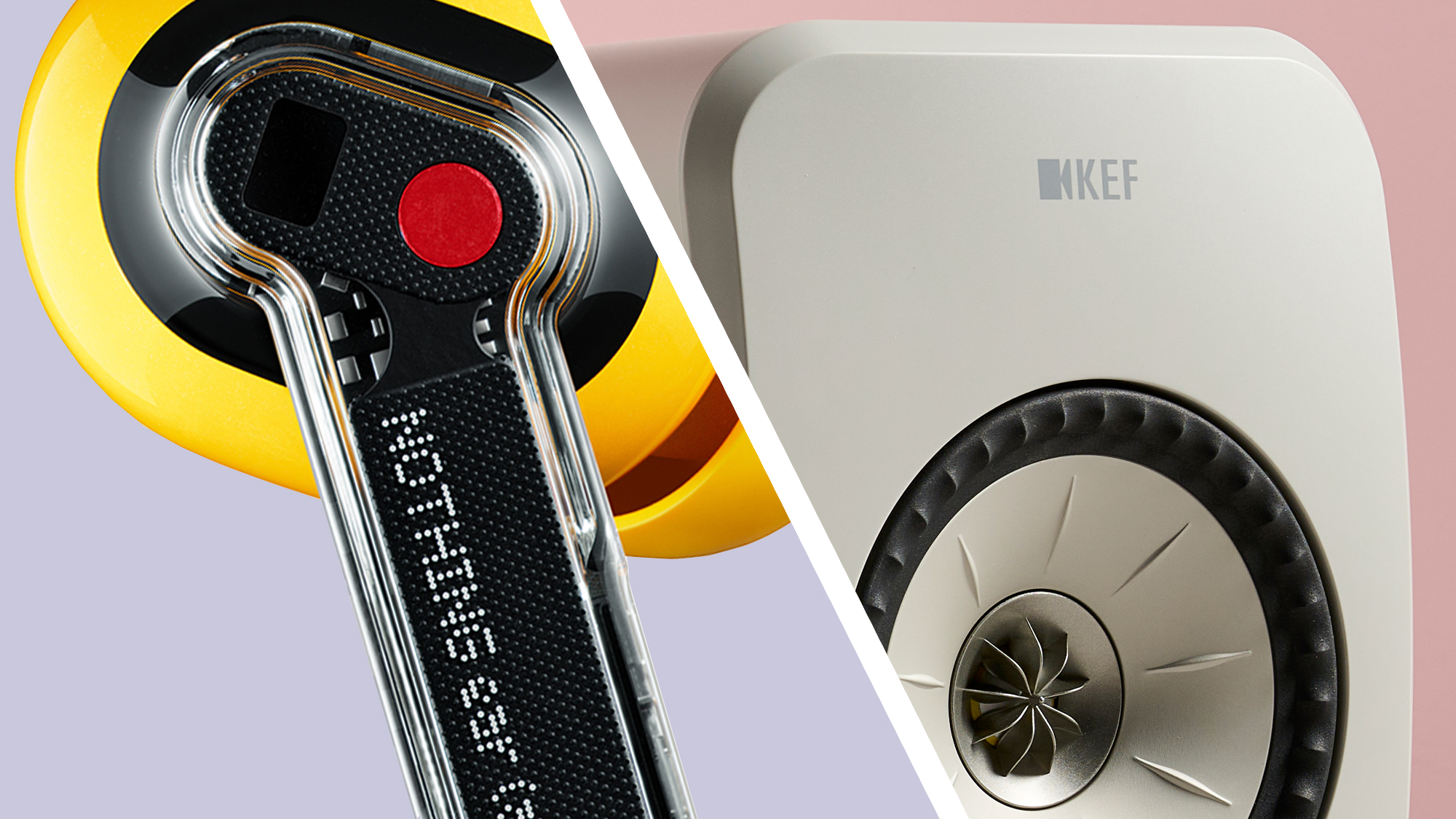

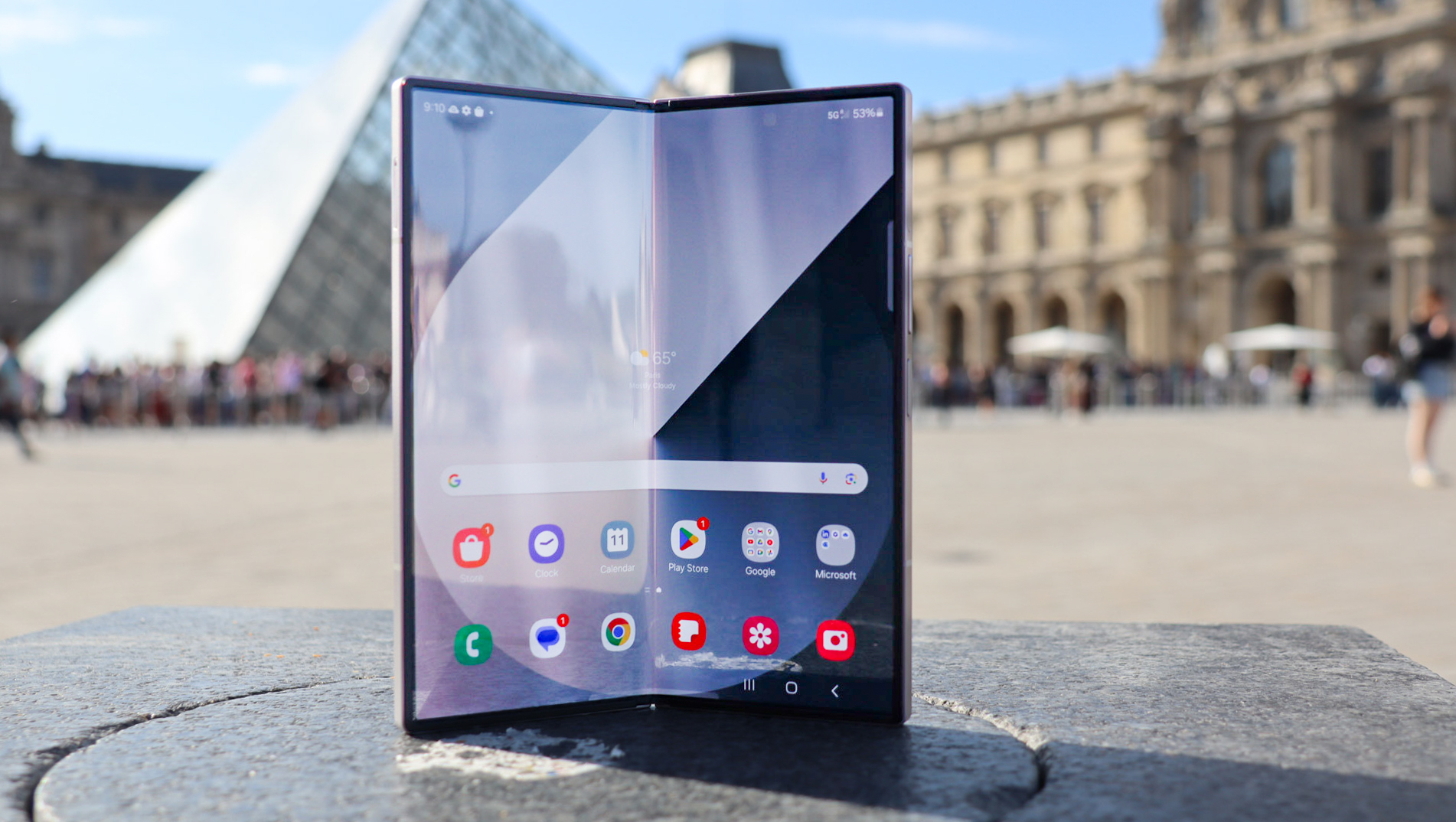



























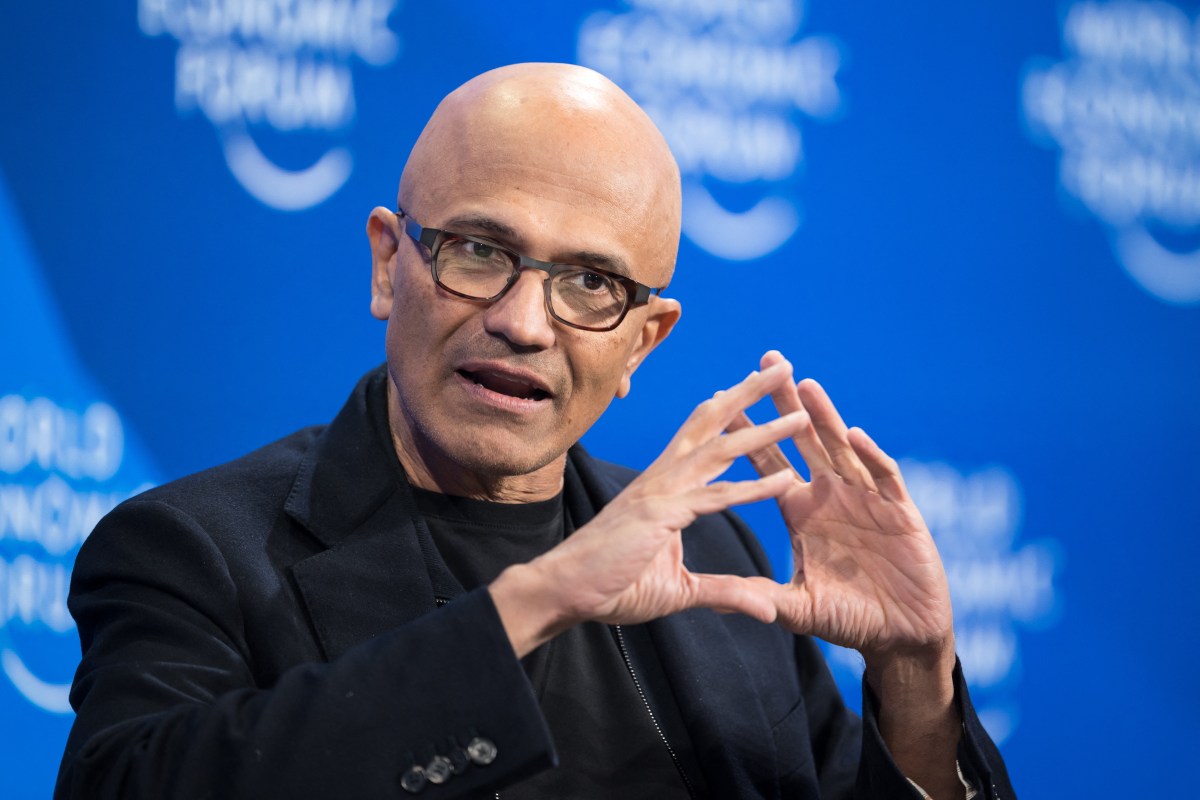



















































































































![[The AI Show Episode 147]: OpenAI Abandons For-Profit Plan, AI College Cheating Epidemic, Apple Says AI Will Replace Search Engines & HubSpot’s AI-First Scorecard](https://www.marketingaiinstitute.com/hubfs/ep%20147%20cover.png)
















































































































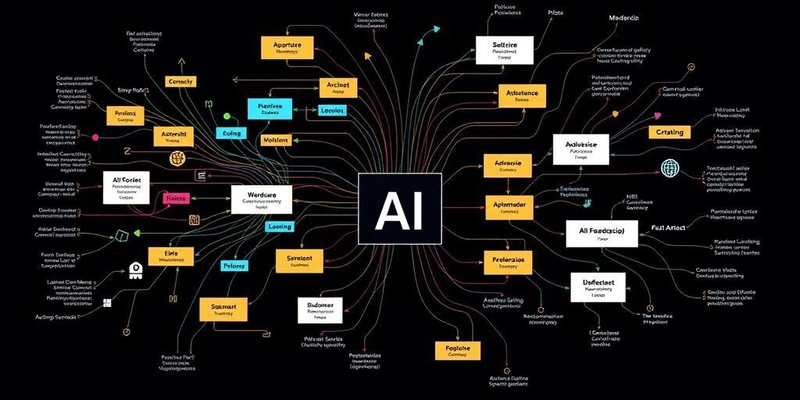

































































.jpeg?width=1920&height=1920&fit=bounds&quality=70&format=jpg&auto=webp#)






































































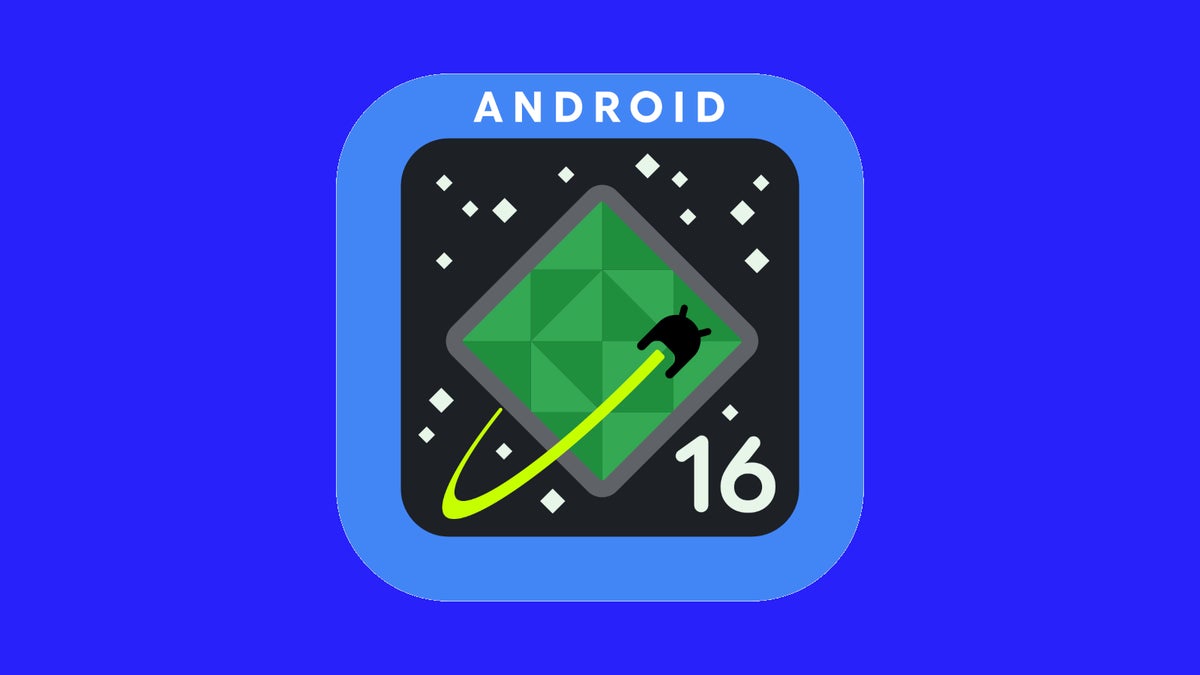
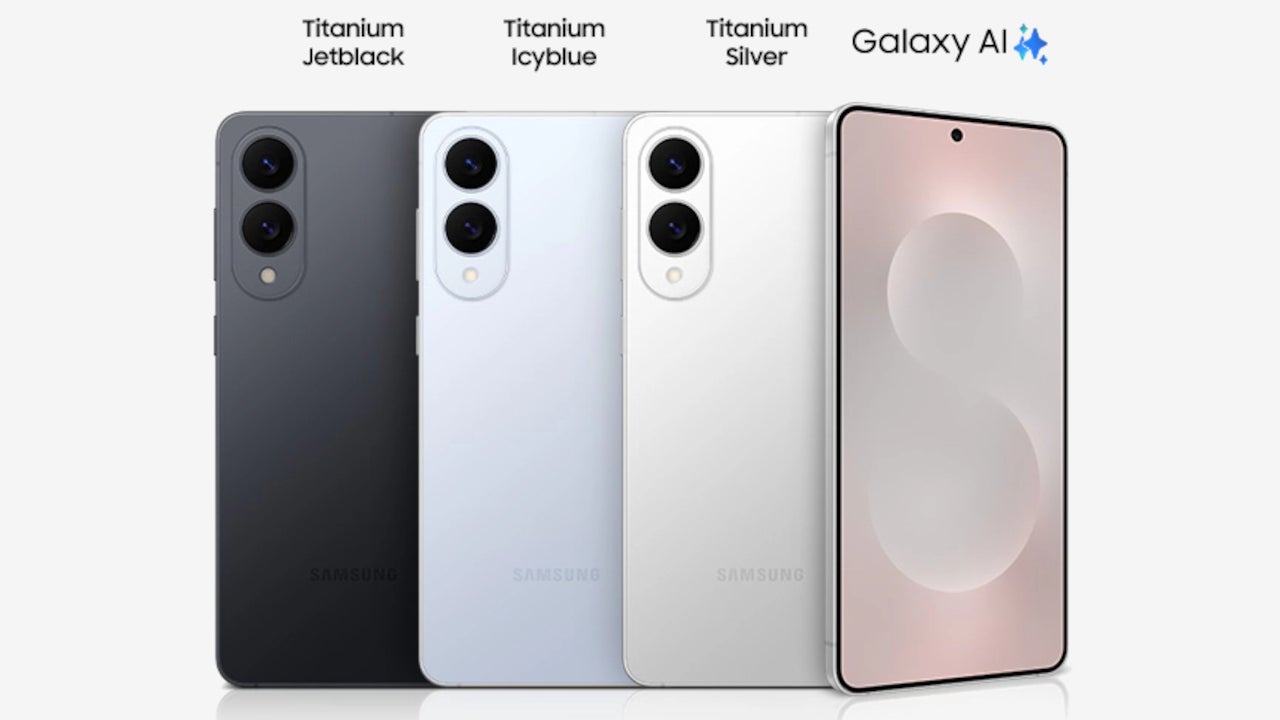













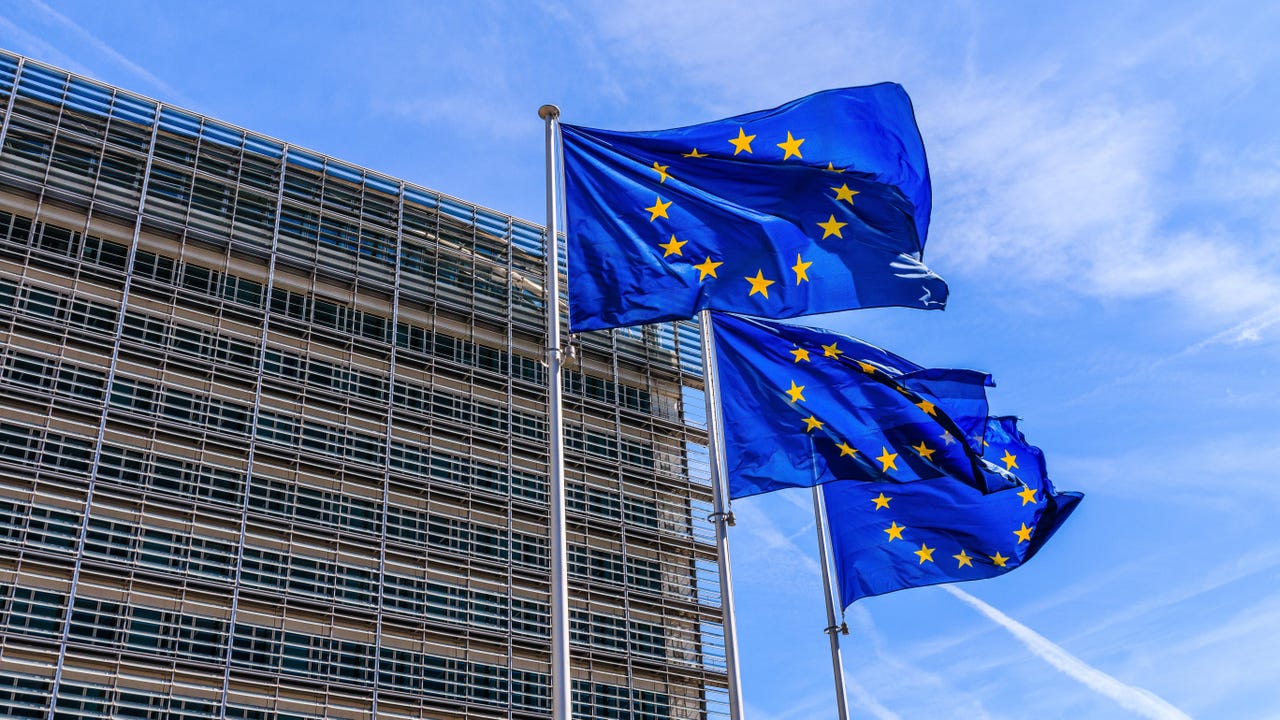


















































































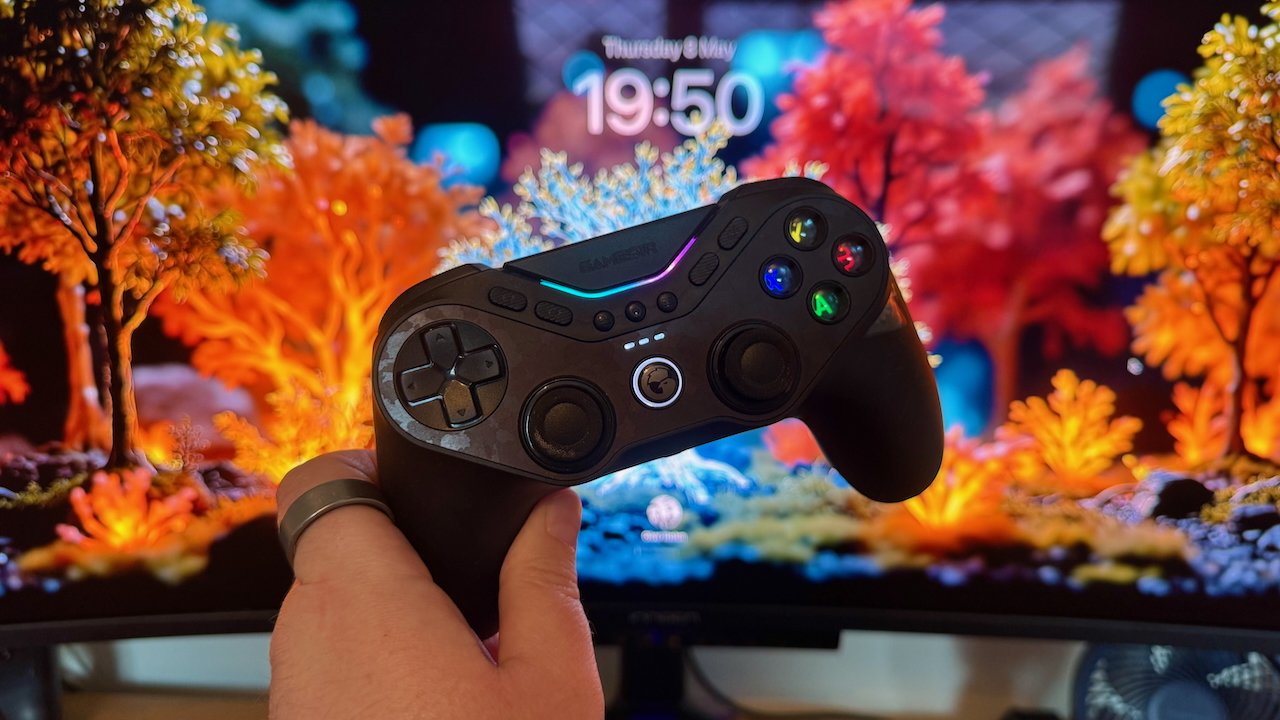
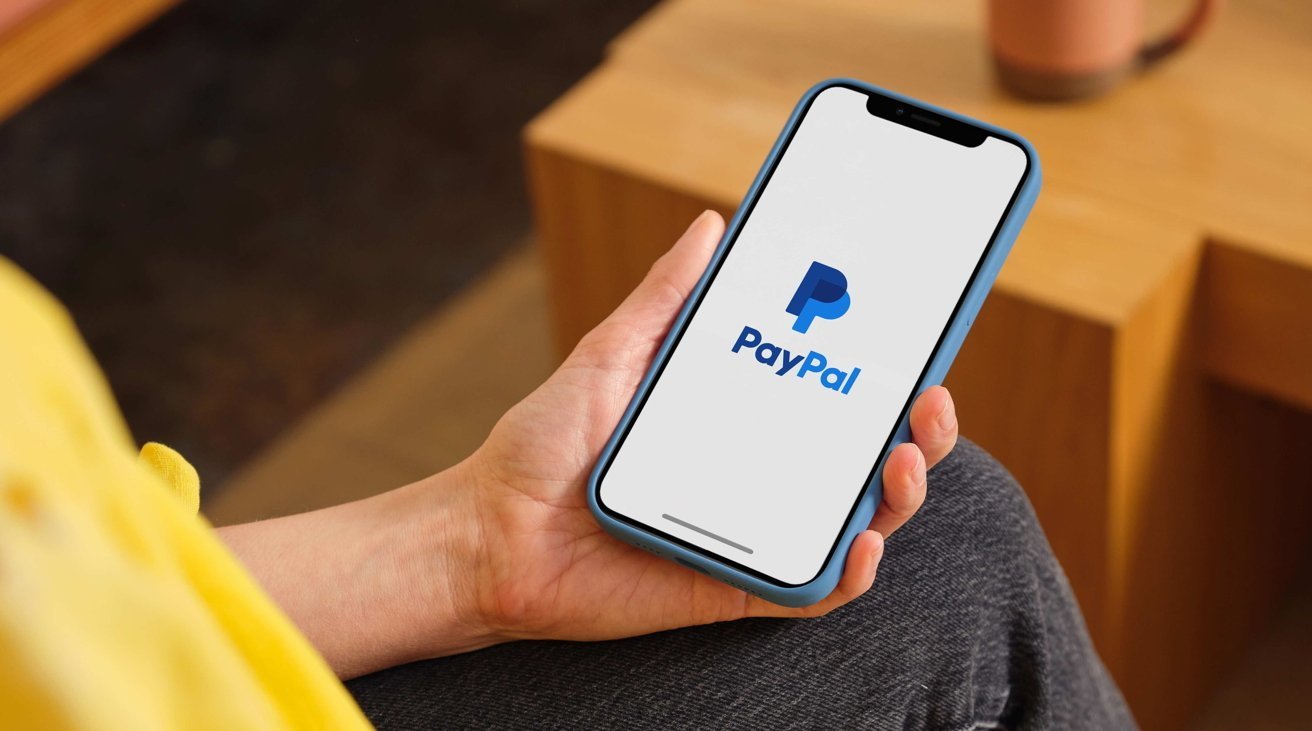
-xl.jpg)
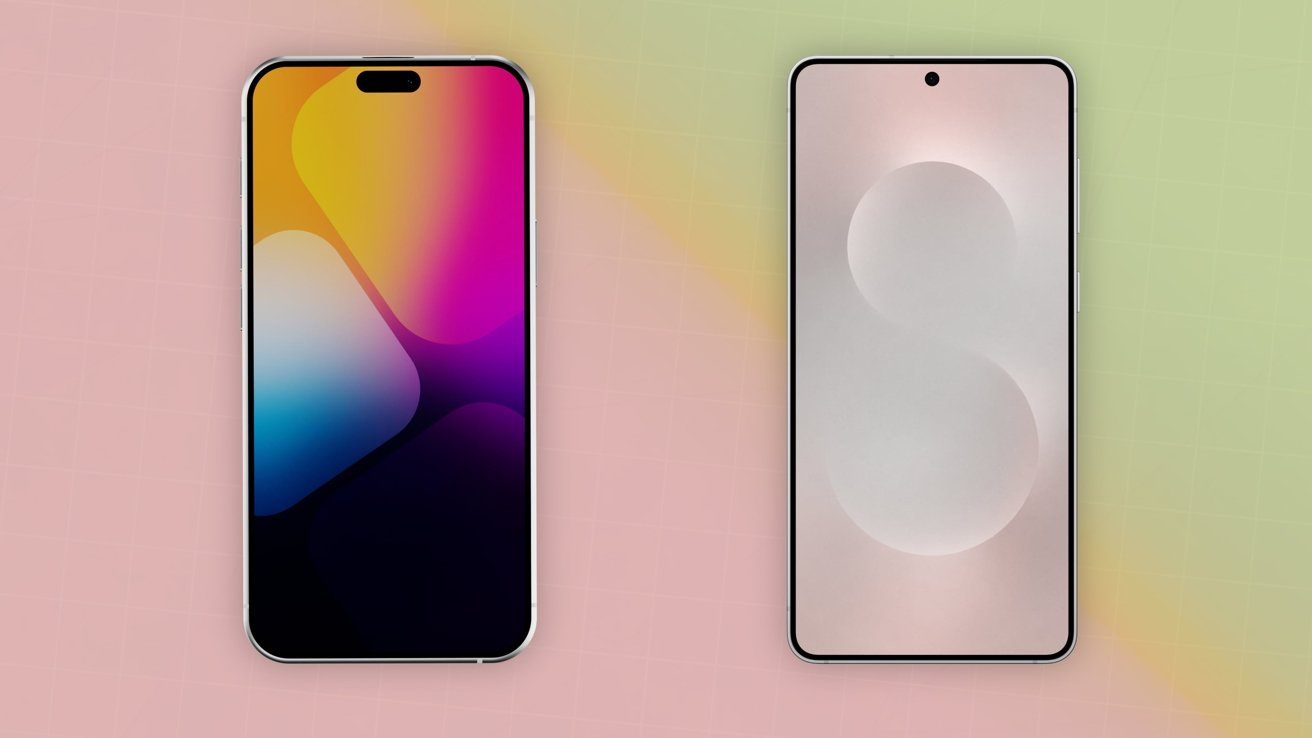




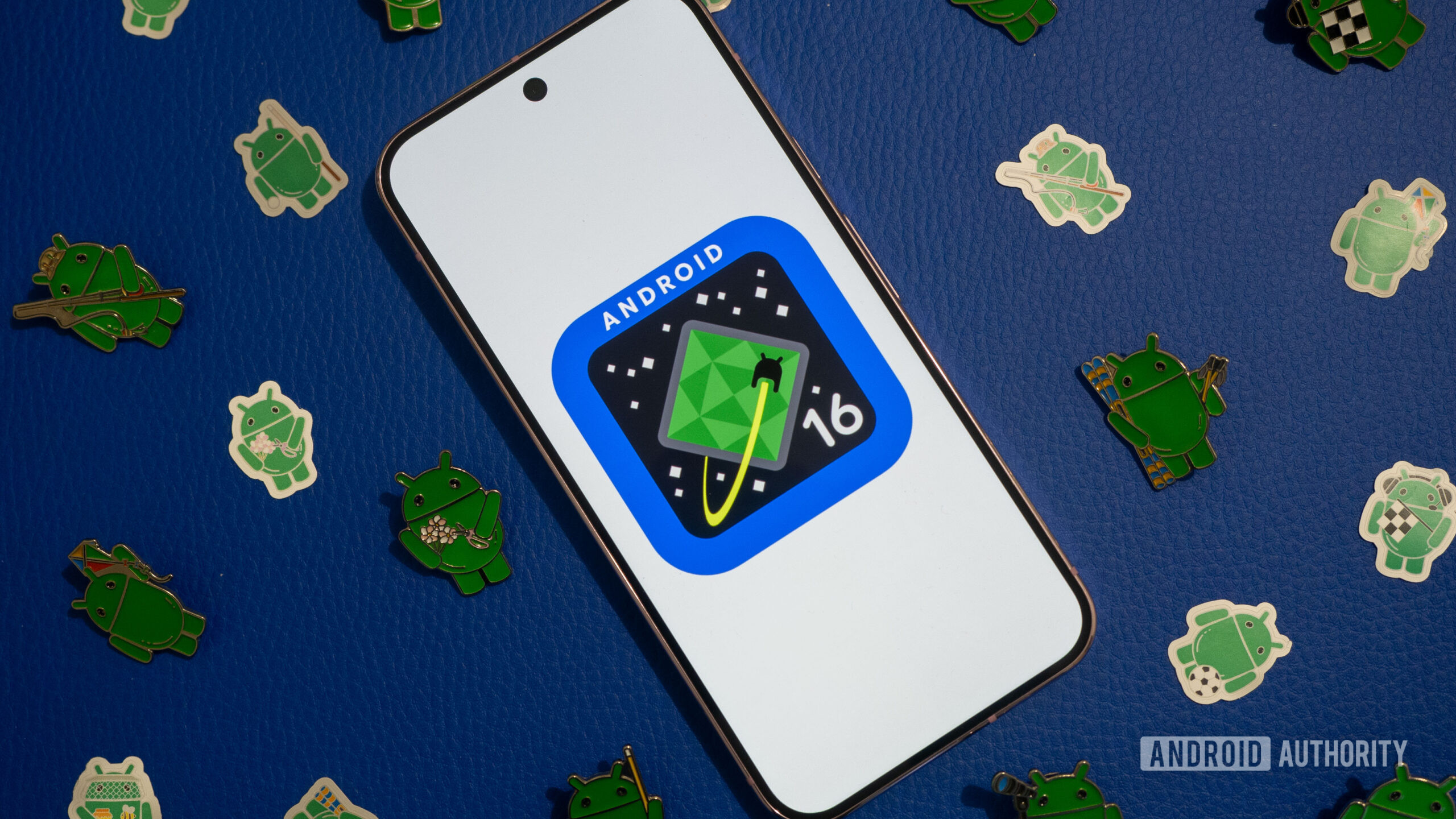


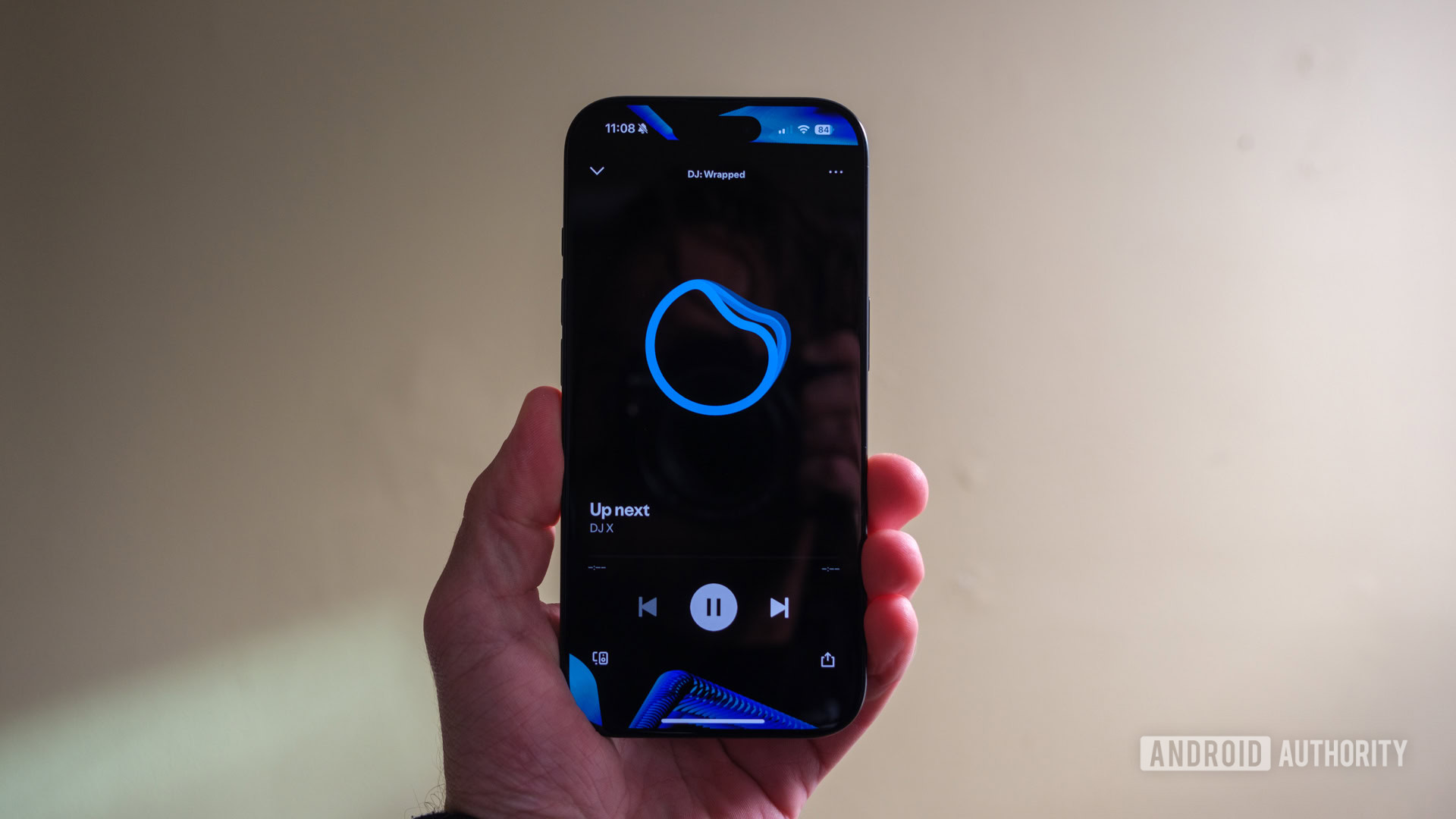
















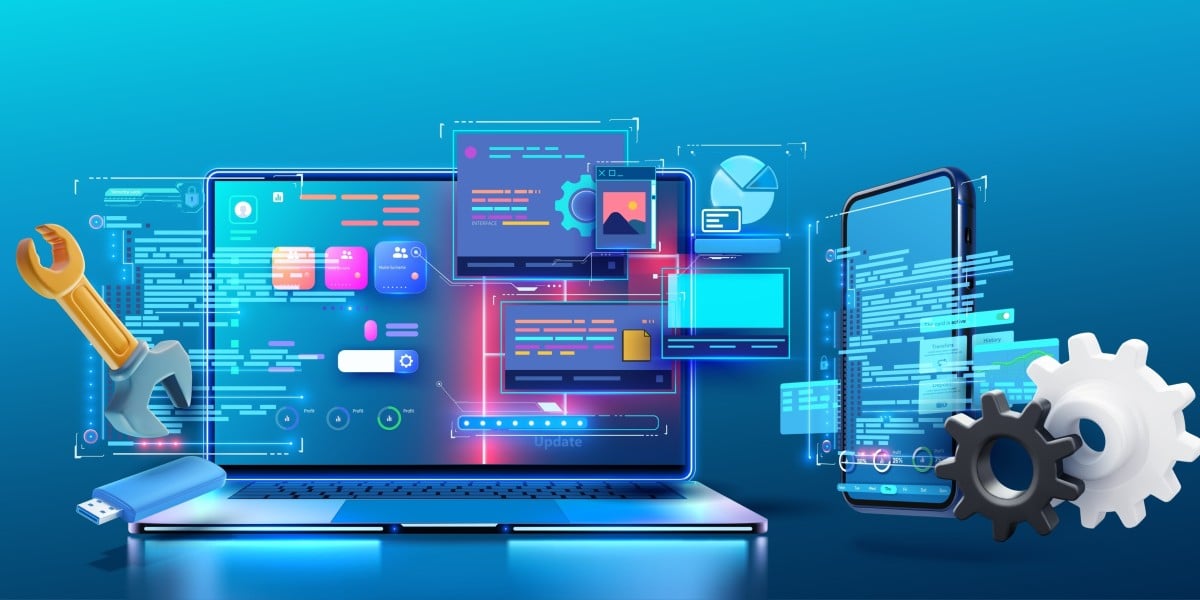



![Apple Working on Brain-Controlled iPhone With Synchron [Report]](https://www.iclarified.com/images/news/97312/97312/97312-640.jpg)
















